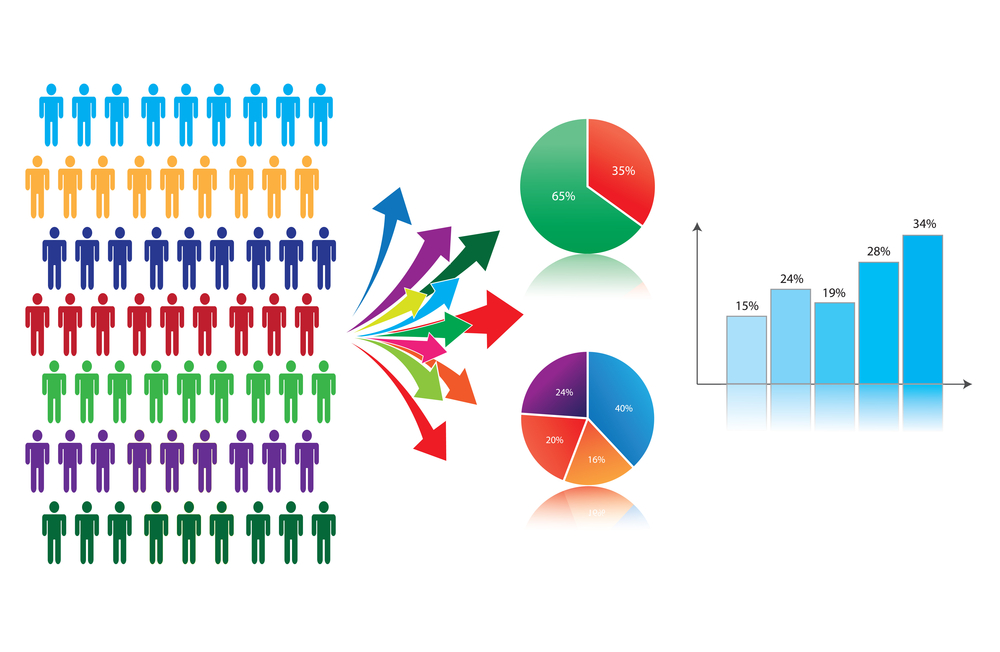In the past few years, there have been exponential growths in the market research industry. But new innovations have broadened the potential income that could be generated in the nearest future. The industry is faced by its own challenges, but there are proven ways we can plug those gaps.

What Is Market Research?
Market Research is a vital business strategy component that is connected with employing organized efforts into putting required information together about a specific market or targeted customers, to aid business growth.
A company can improve its customer-relations and also gain abetter knowledge of its target market by detailing on market research. Businesses can also improve their brands, services, reputations, and other aspects of their organization through market research.
This strategy involves putting the required information together about a service or product, and the past and current information of potential customers for specific products or services. Research is made into the location of the customers, their spending habits, and other characteristics, including that of the competitors.

This process is a detailed gathering of the required information, analysis, and a proper interpretation of data.
In recent years, the market research industry has succeeded in tackling dramatic change while experts have also forecasted a potential boom in the demand and expectations for a consumer insight in the new decade. Hence, there is an urgent need for the market research industry to be able to deal considerably with the foremost challenges facing it.
Here Are Key Challenges Facing The Market Research Industry
1. Curation
Data available for streaming are intense and huge in the way data has been handled. Data streams are insufficiently unified to give out the best result. Two vital aspects of curation include;
i. Gathering information from a diverse range of reliable sources to give a credible answer to a query. These efforts may not necessarily produce a bigger answer, but a much reliable and better one.
ii. Cutting down on the size of given data offered to users. Data may increase to a thousand times bigger, but answers should be succinct, short and precise.
Curation is the process of organizing data and extracting better solutions for businesses’ future decisions. It is a crucial skill that is required to insight professionals.
2. Technology
The rise of new innovations employed in the market research industry poses one of the biggest challenges faced. Market researchers are burdened with the increasing need to incorporate Big Data into their work.

In fact, several researchers actually think Big data creates further confusion than solutions. But researchers proposing to employ Big data have a competitive edge in the industry.
Mobile technologies for real-time research and data collection are such the industry is getting to adapt to. This dynamic approach would help researchers stay abreast with the speed of this age.
However, researchers would still require a good time to get accustomed to the use of these technologies for efficiency.
3. Hard Time In Acquiring Data
The need to regulate privacy for the security of personal data against the blowout of crime acts around the cyberspace is making it even more difficult for researchers to gather required information of consumers.
Another issue emanating from this is that, while some businesses are enthusiastic about investing in the research industry, consumers are now constantly clogged with numerous questionnaires and surveys.
This makes them even more thoughtless when passing them if at all they managed to. Therefore resulting in possible unreliable and incomplete responses.
4. Harnessing Social Media In Research

Harnessing social media for quality research work is a major challenge faced in the industry. This is because oftentimes, data acquired is muddled, heavy and uneasy to be interpreted. While some times, incompetent staff make that happen, clients are also doubtful of social media which makes reports produced from social media research prone to being ignored.
5. Quality
When Data is manually assembled, there is a possibility that they may come out of poor quality. Since collation of data can be huge, this may result in human fatigue which also, in turn, lead to the likelihood of having poor quality results. When data gathered is poor, the insights into the data are equally prone to being of bad quality.
Here’s How We Can Plug These Gaps
1. Researchers should create a distinct identification for themselves by offering an accurate, fast and in-depth data to their client this extra effort will help market research companies stand out from the competition.
2. Web extraction is very key to successful online research. Automation of these data is fast revolving into an unavoidable feature. Researchers will become more productive by engaging the automation of web data extraction. And since the process will also help to eliminate manual errors, the overall output is set to increase.

3. Traditional surveys remain effective in gaining information from consumers. Researchers can make use of the ‘five Ws’ of extracting data. The ‘five Ws’ is the ‘Who, What, When, Where and Why.’ The ‘H’ – how – shouldn’t be ignored too.
4. Brands harness the use of sales representatives, social media, websites and other approaches to engage their customers, market researchers can employ ‘survey rewards’ to engage their consumers for required data using the diverse platforms. They can achieve more by infusing creative surveys and new technology.
5. As a researcher, if you succeed, your competitors will know about it. This means that your success will generate reaction and your working method may not be effective in a few months later. Hence, it is vital to keep abreast with the market. Build up a detailed picture of your customers’ interests and behaviours. You may also like to test how customers react to a new product. Ensure to carry out further research on customer characteristics.



